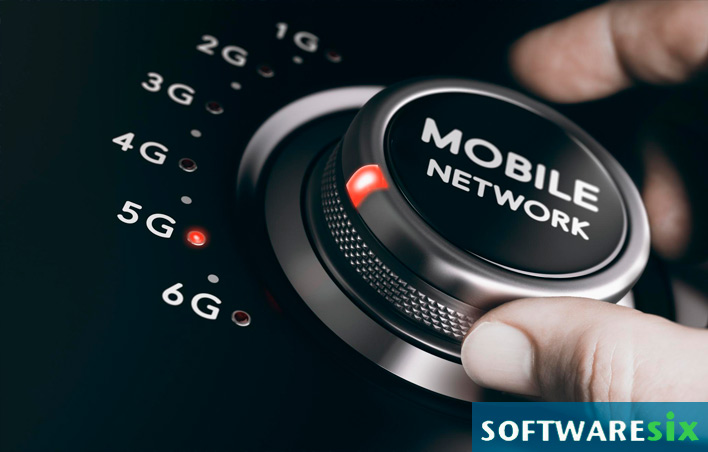5G is the latest generation of wireless technology and its promise is nothing less than a transformation of the way we live. The stories of its potential fruits, such as driverless cars, are all over the media.
But the average person is still unsure what 5G means.
If you get asked the question, “What is 5G?”, here’s how to explain it in layman’s terms.
3 key features of 5G
5G adds large amounts of broadband spectrum at a time when 4G LTE is starting to run out. Notably, this will have 3 important benefits:
- There will be greater speed, which is better for moving large amounts of big data.
- 5G has lower latency than 4G LTE or any other predecessor, meaning it will be more responsive.
- It has the ability to connect more devices simultaneously.
3 notable results
There’s a long list of results we can expect from 5G, but here are a few that will most likely impact the everyday Joe:
- Autonomous vehicles. This is much more than the driverless car. Each car on the road could communicate with the other. Did another driver hit the brakes suddenly? That would be communicated to all the cars behind them in the hopes of avoiding a multi-car pileup. Information about road conditions can also go to drivers while automakers can learn about performance.
- Public safety. When a traffic light goes out, sensors can notify the public works department immediately. 5G may also make surveillance cameras more achievable for small city budgets.
- Health care. Wearable devices will enable your doctor (or your insurance company) to be able to track if you’re using your prescription meds. The 5G network will also transfer data about your health back to your providers so prescriptions can be adjusted accordingly.
Whether you embrace these changes or find them overwhelming, they are coming in some form or another. Past generations of wireless technology have only taken a few years to see their promises come true.
For more information about mobile technology and the Internet of Things, visit our site to stay updated.
